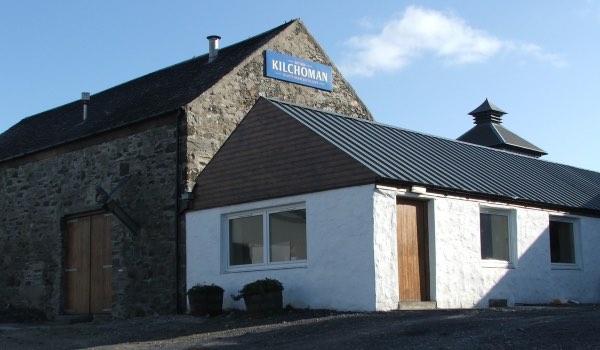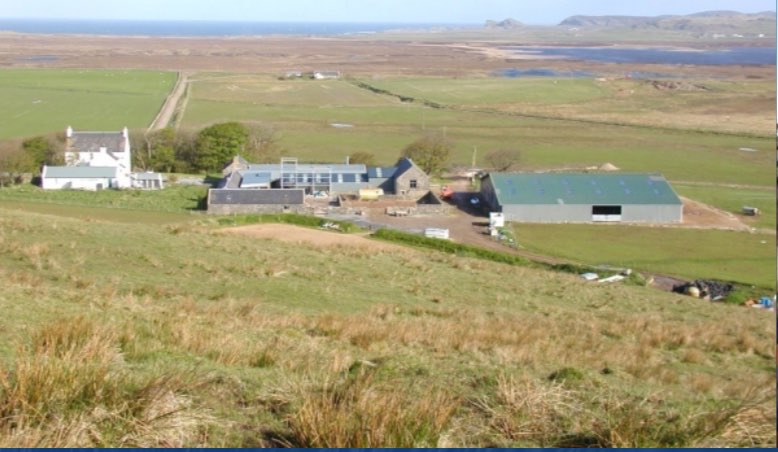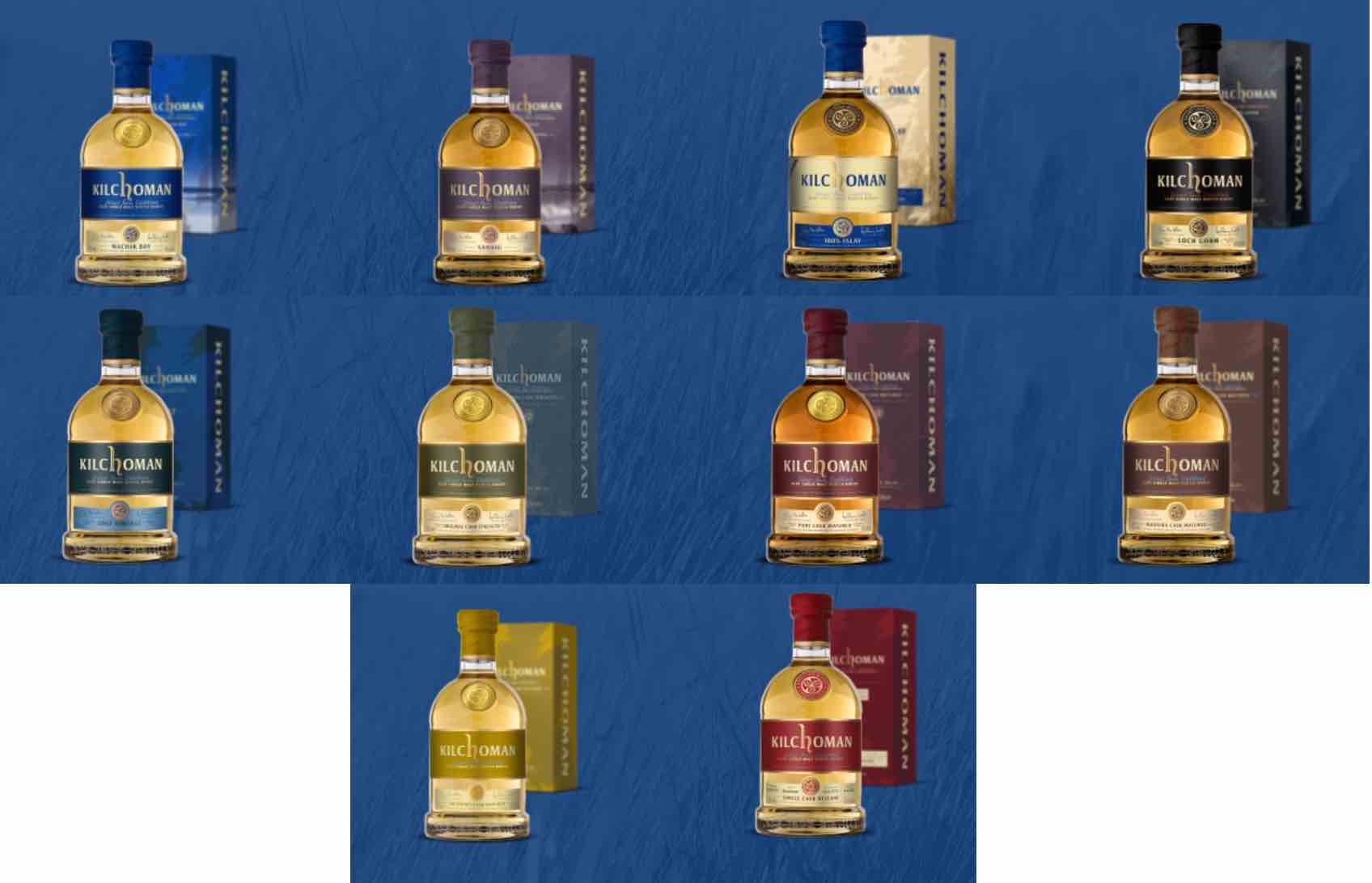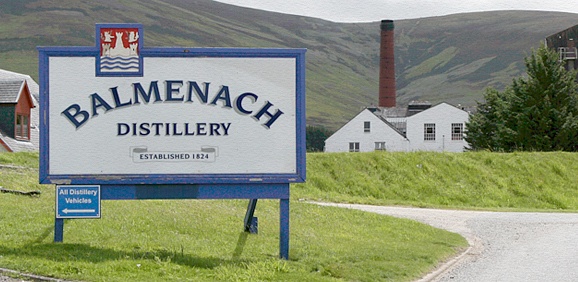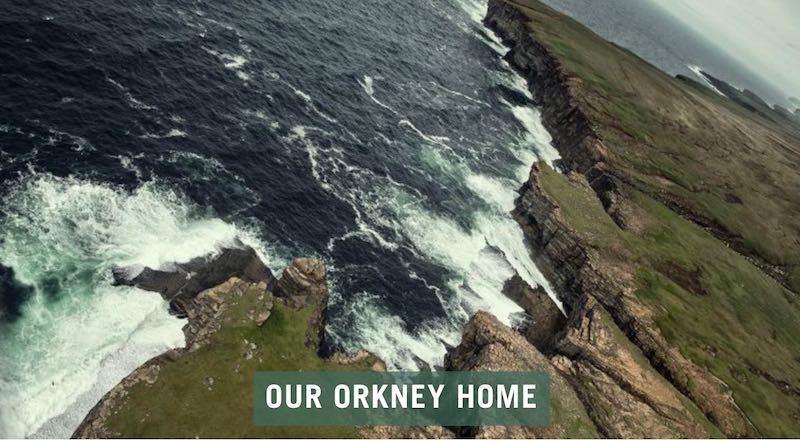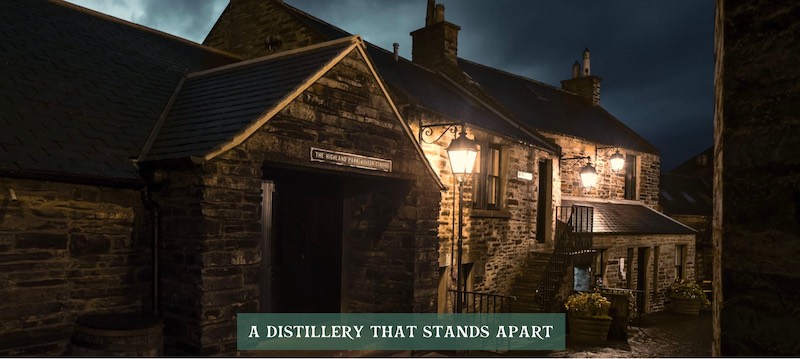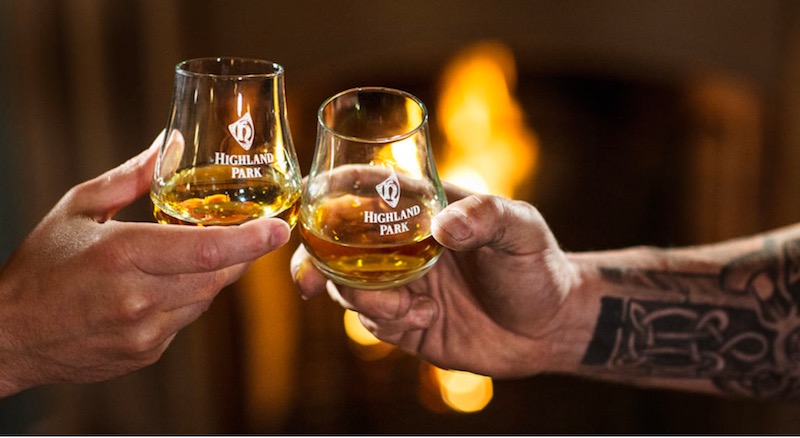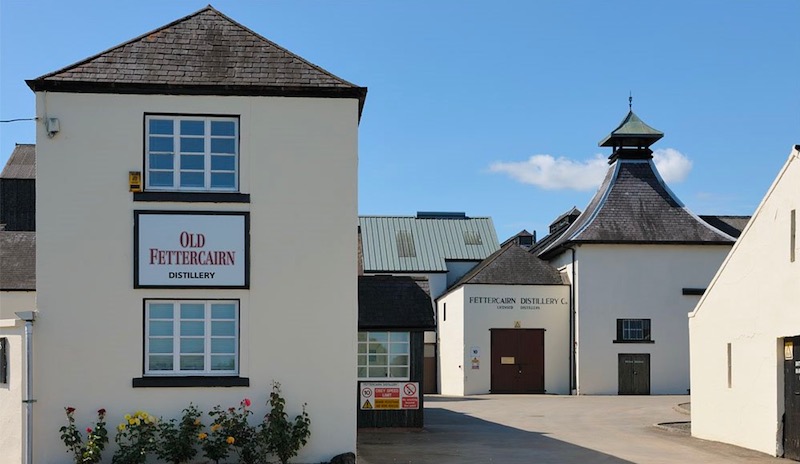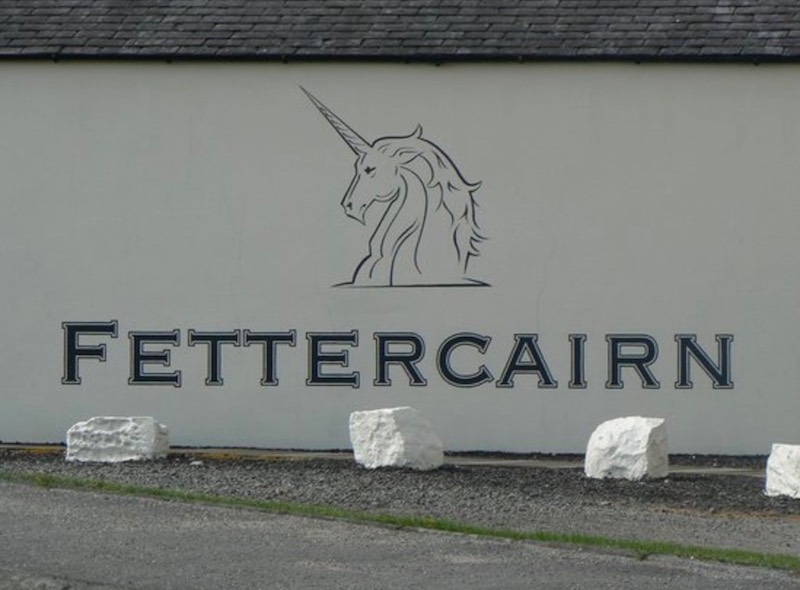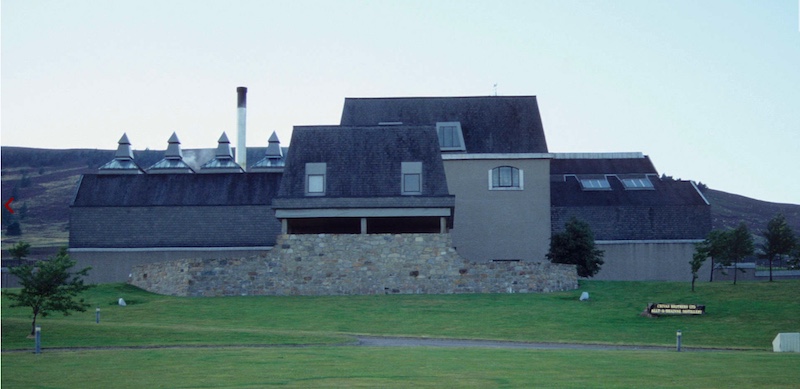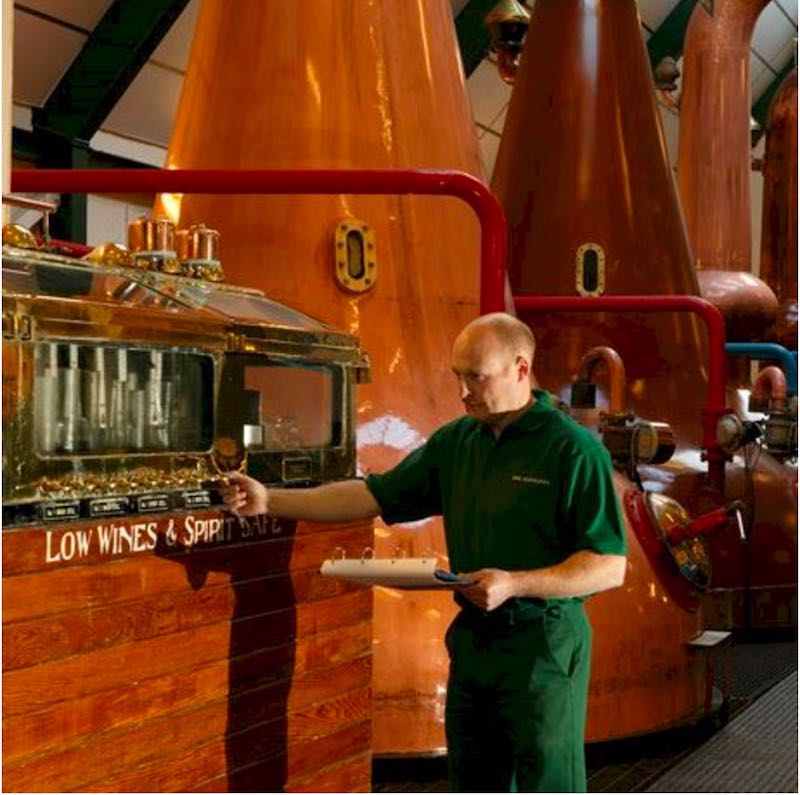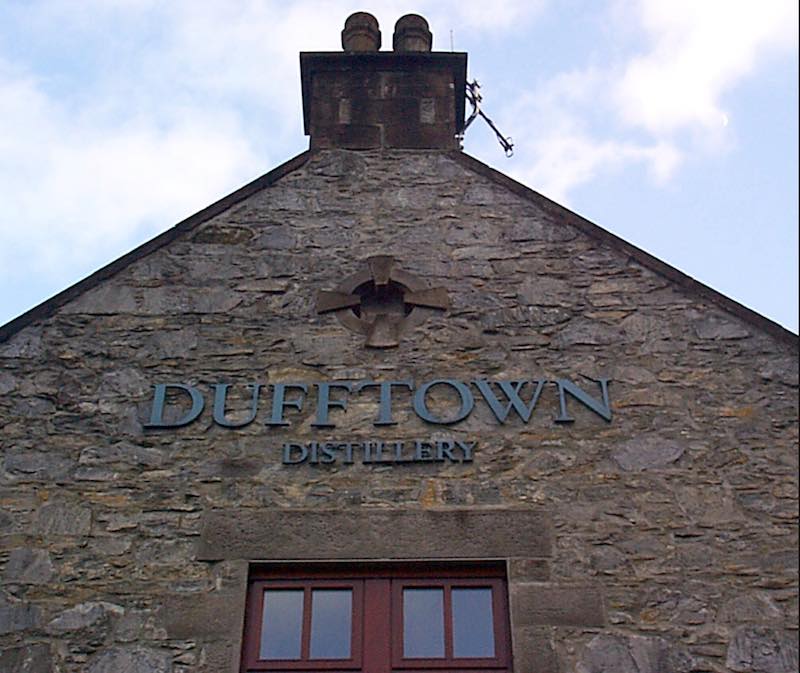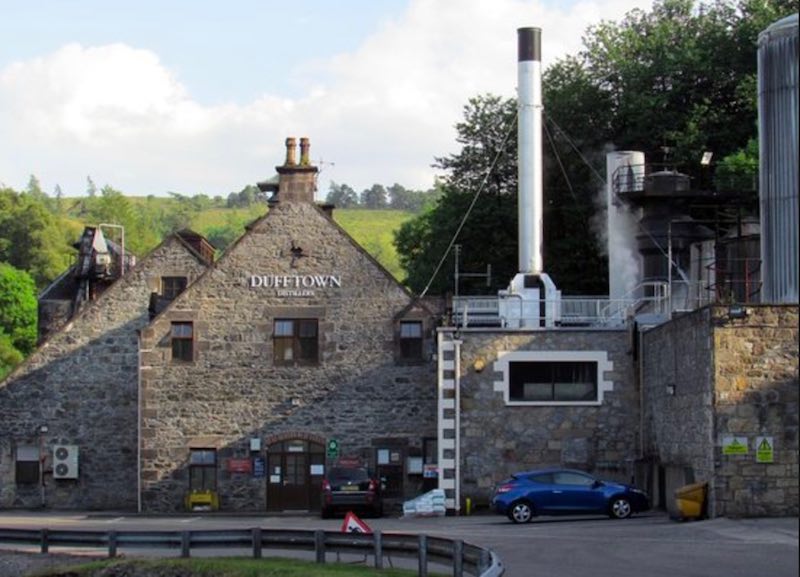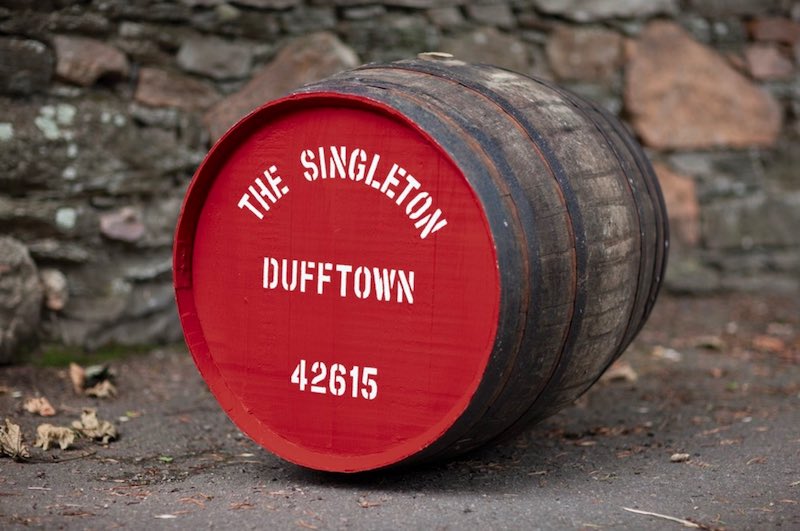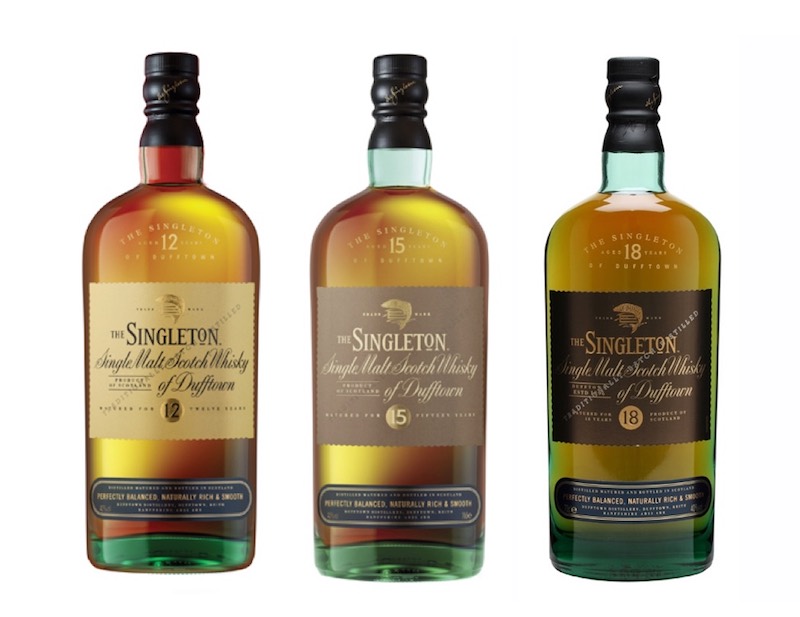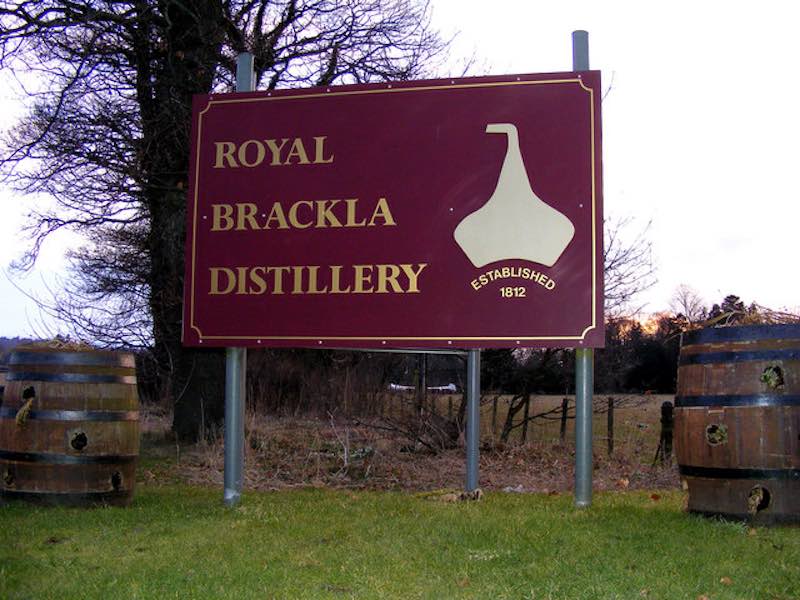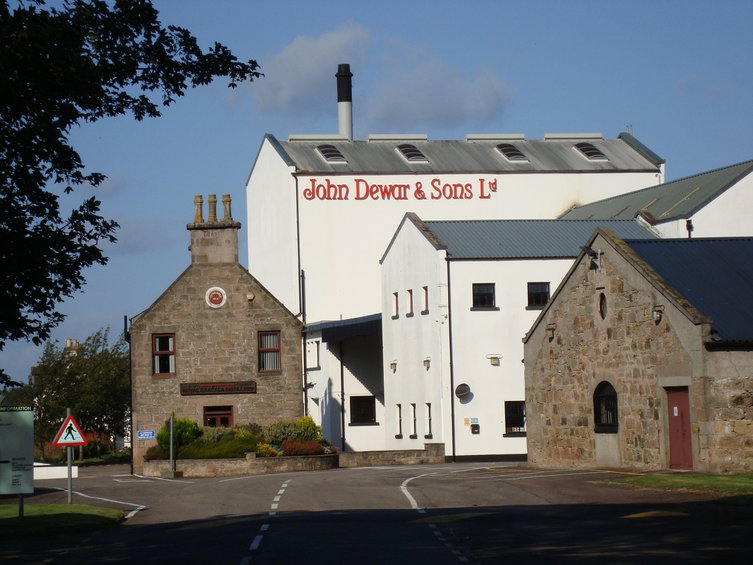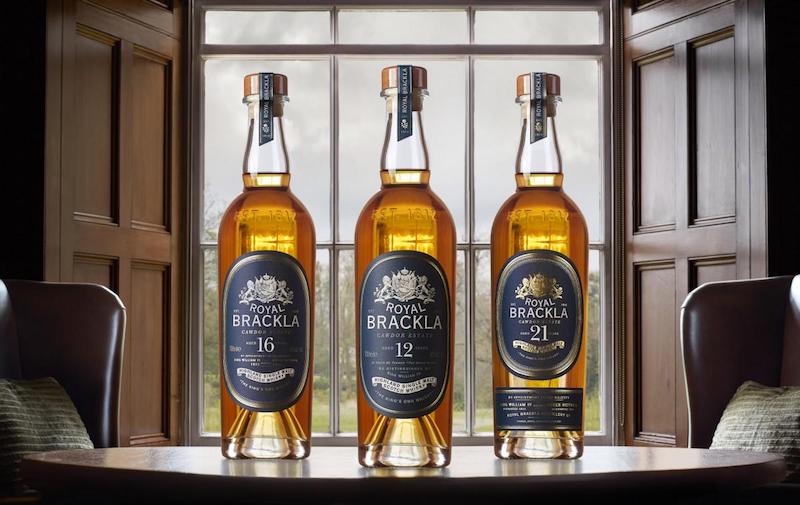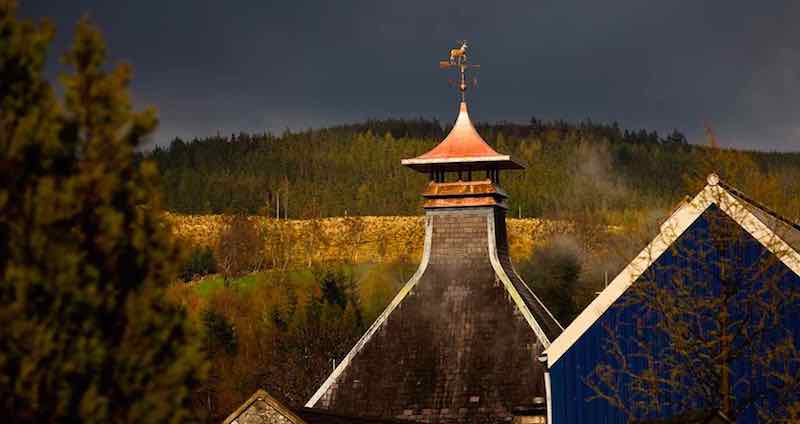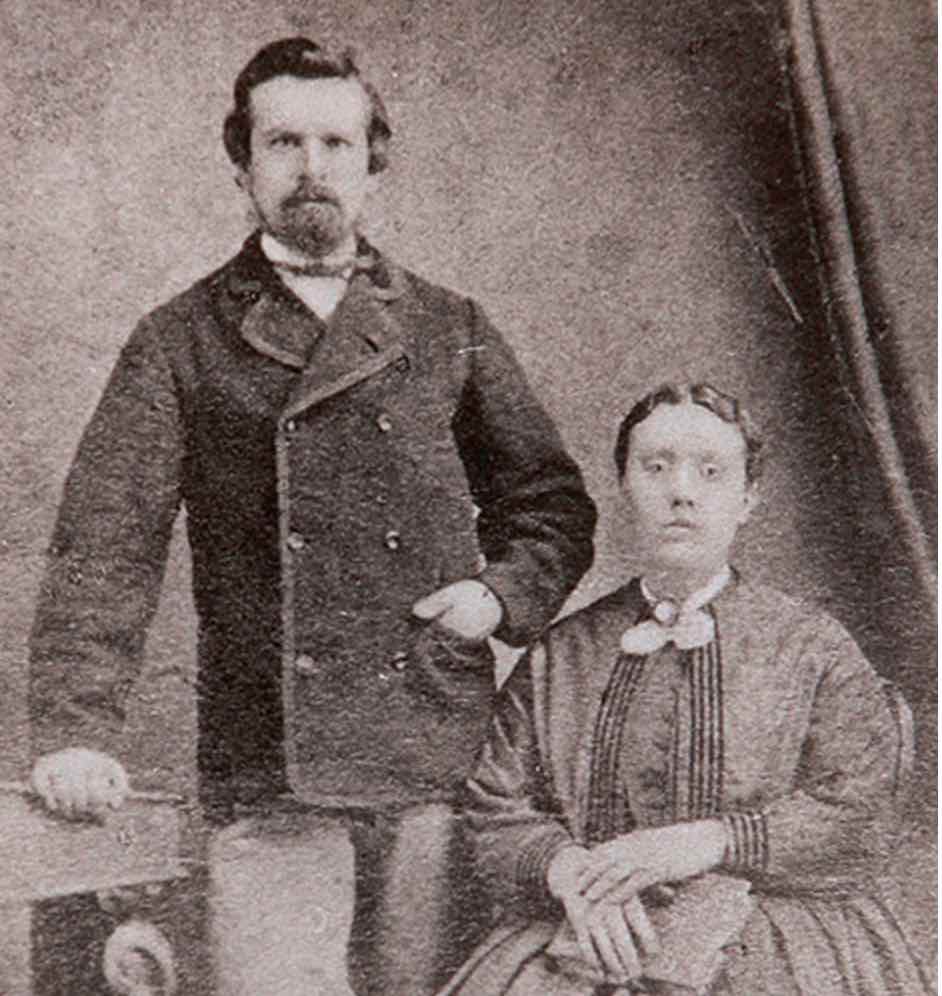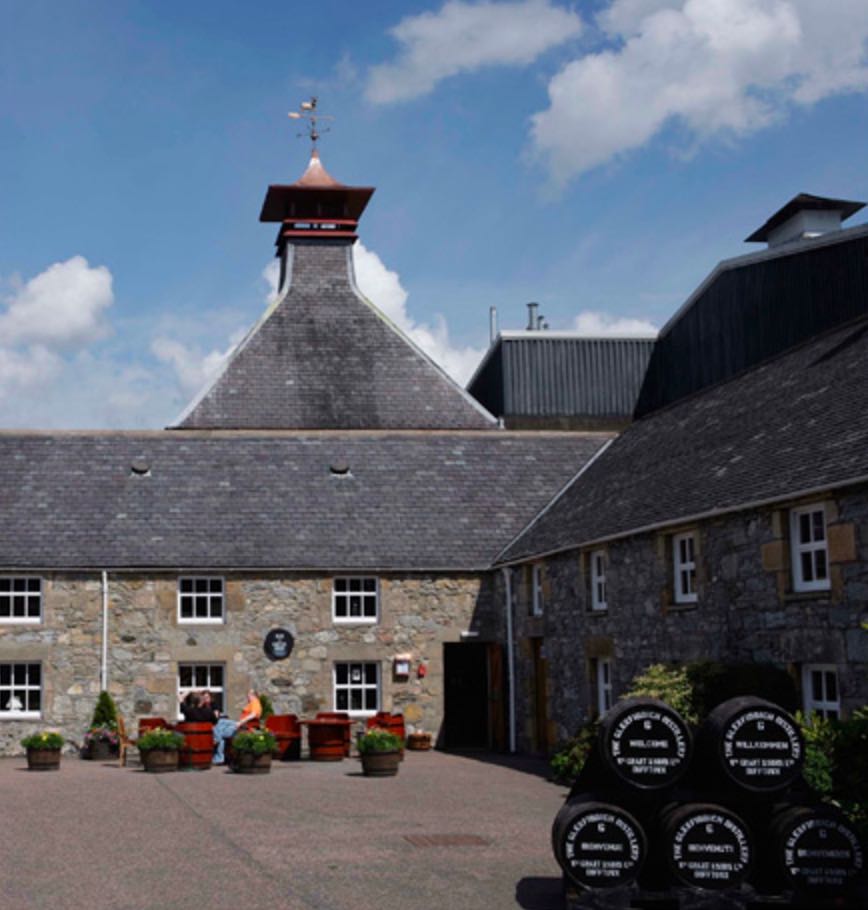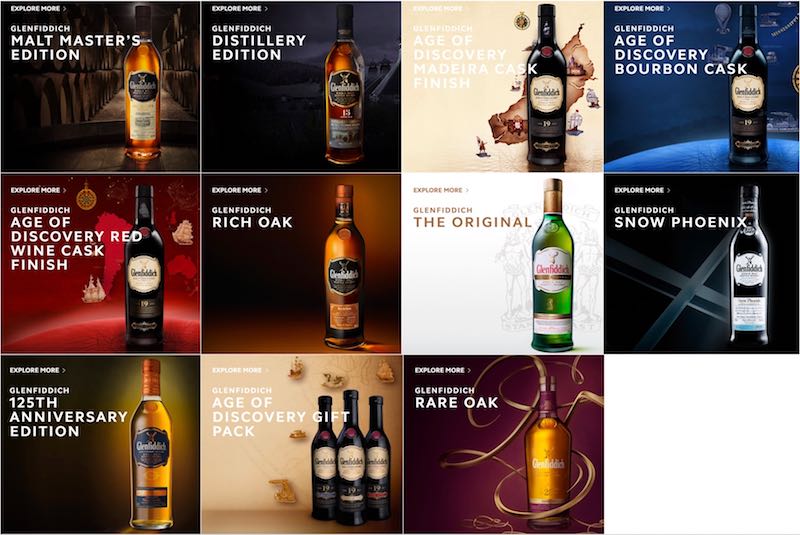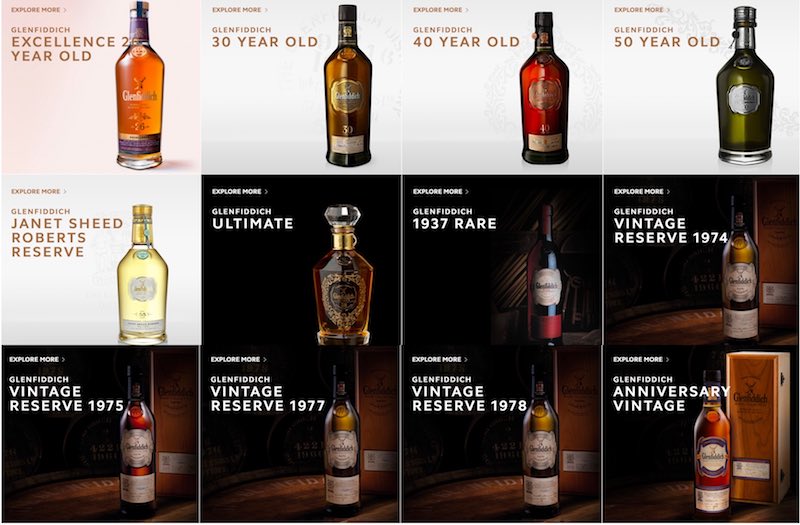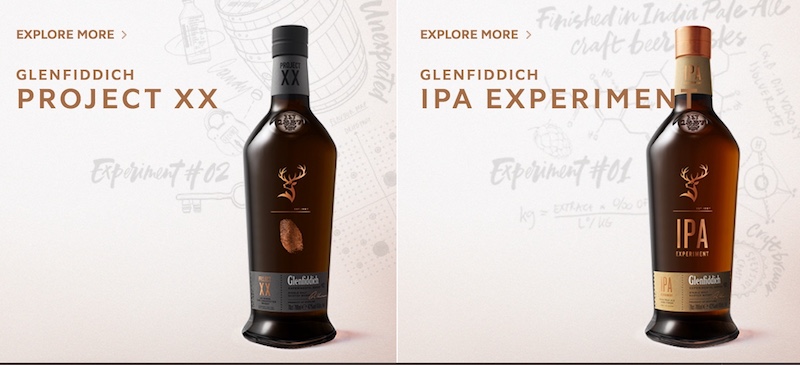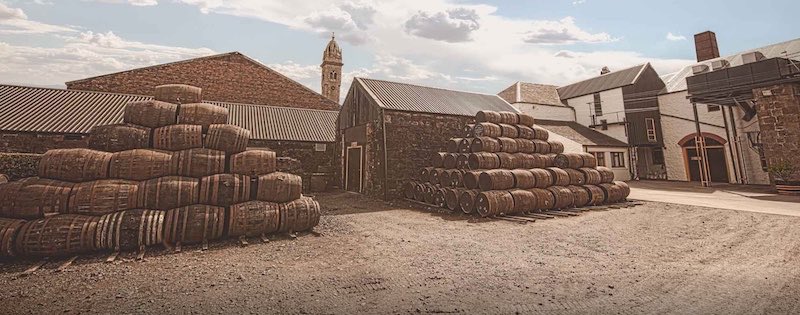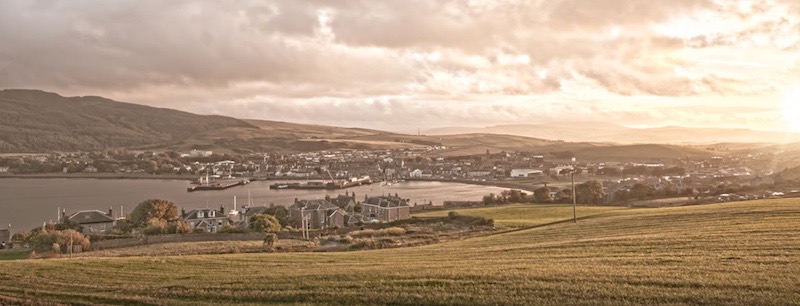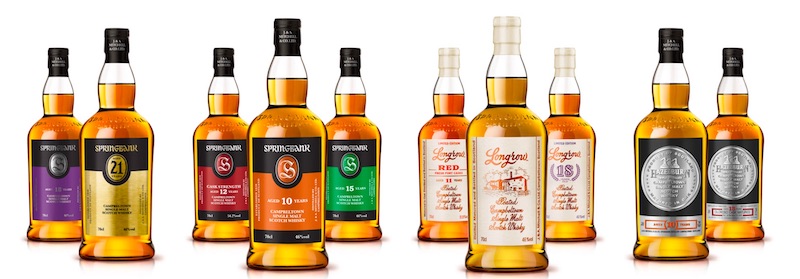Speyburn – A distillery built for the Queen
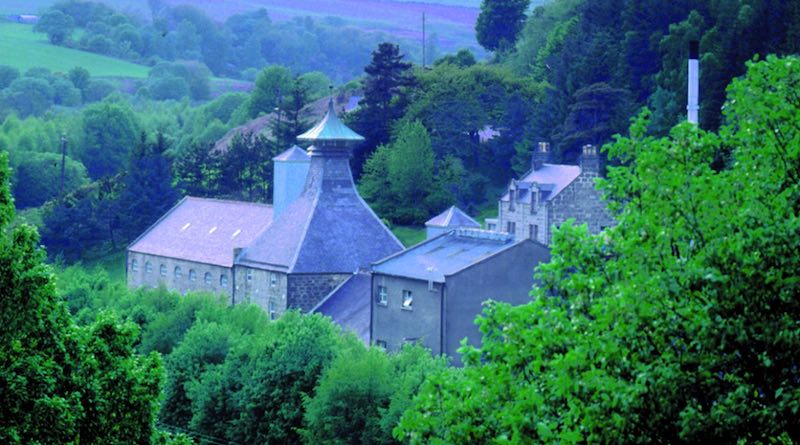
Previously, we have spoken about a distillery that was once a favourite of the King of Scotland. Now, we will talk about a distillery that was built for a Queen – Queen Victoria of United Kingdom, to be exact. The Speyburn distillery is located in the heart of Speyside, right in the glen near to Granty Burn – one of the major tributaries of the River Spey.
History of Speyburn
John Hopkins & Company founded Speyburn distillery in 1897 after Hopkins discovered the site of Granty Burn. He knew that the untouched nature and the refreshing waters of Granty Burn were perfect for a distillery. Going with his instincts, Hopkins built the distillery in the glen, using stones from the river.
Hopkins appointed the famous architect, Charles Doig to design the distillery and, to this day, Speyburn sports the classic pagoda ventilator, a trademark of Doig’s design.
John Hopkins had built the distillery as a commemoration of Queen Victoria’s Diamond Jubilee. Hopkins was determined to run the first spirit before the end of 1897. When the stills became operational, the distillery had no doors or windows. Therefore, the distillery men worked in overcoats and mufflers to battle against the bitter cold to run the first distillate on 15 December when the distillery’s construction delayed. For the next two weeks, the men worked in terrible conditions as snowstorms raged around them. Their hard work finally paid off, and they produced and bonded one butt that bore the year 1897 on December 31, 1897.
120 Years of Speyside Experience
Speyburn has been in operation since Hopkins first built it in 1897. After 120 years, the distillery is well-known for its bold and bright whiskies. Speyburn whiskies are pure but full of character, symbolising the speciality of Speyside. Their core range of whiskies is a symbol of what Speyside can offer. Often, you can hear people saying, “Speyburn is Speyside”.
Currently, Speyburn is owned by Inver House Distillers Limited. With only one wash still and one spirit still, the distillery produces 1 million litres of alcohol annually.
Speyburn Whisky
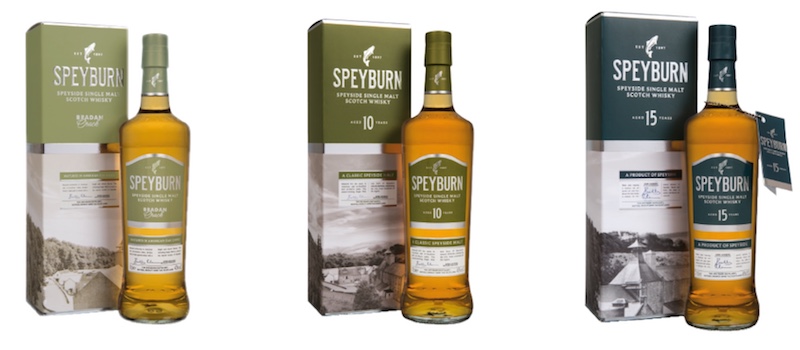
Speyburn has three different bottles for their core range. They are the Bradan Orach Single Malt, the Speyburn 10-year-old and the Speyburn 15-year-old.
Bradan Orach Single Malt
The Bradan Orach Single Malt is a NAS expression that is a classic, welcoming Speyside Whisky. It is matured in ex-bourbon American oak casks and named after the world-class salmon fishing found on the River Spey. In fact, “Braden Orach” means “Golden Salmon” in Gaelic.
Speyburn 10-year-old Single Malt
The Speyburn 10-year-old single malt is another classic expression of the Speyburn range. Matured in ex-bourbon and ex-sherry American oak casks, it is sweet and refreshing as a typical Speyside single malt.
Speyburn 15-year-old Single Malt
The Speyburn 15-year-old single malt is a bold expression that embraces the precious elements of Speyside. It is matured in both American and Spanish oak casks for 15 years before bottling. The vibrant nature of this liquid has endeared itself to many whisky drinkers around the world.
Besides the three whiskies above, Speyburn has another expression – the Arranta Casks Single Malt.
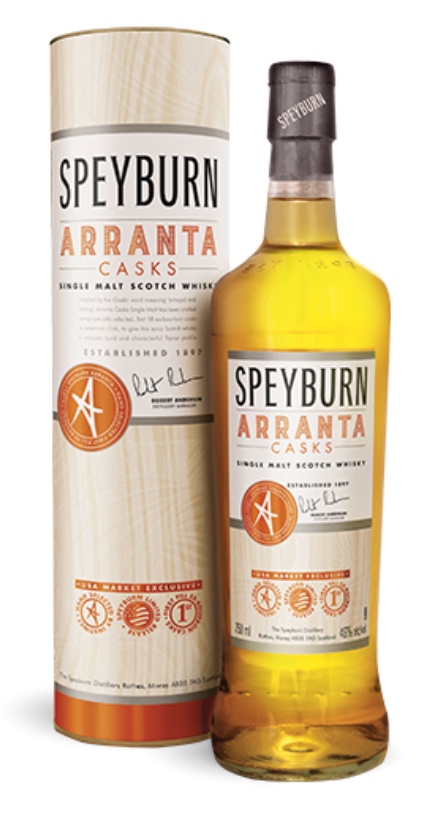
The Gaelic word meaning “intrepid and daring” inspired the Arranta Cask Single Malt. The spicy whisky is matured in specially selected first-fill bourbon American oak casks. The bold and flavourful character of the whisky earns an “A-star” from the distillery Manager as a seal of approval.

